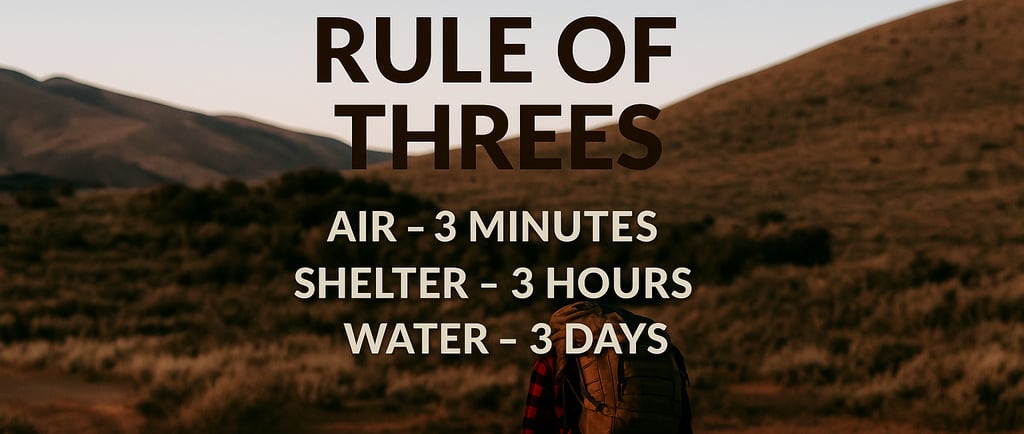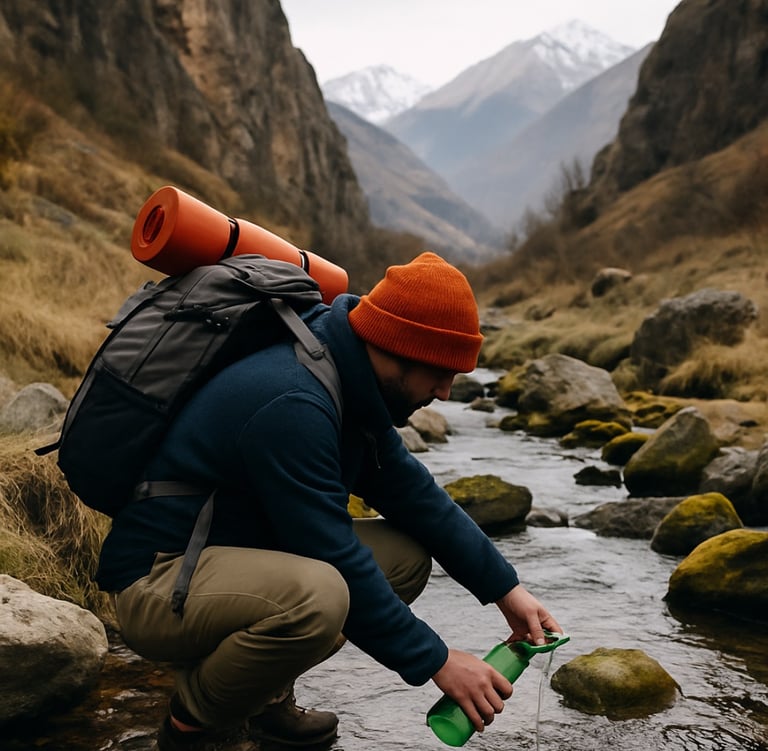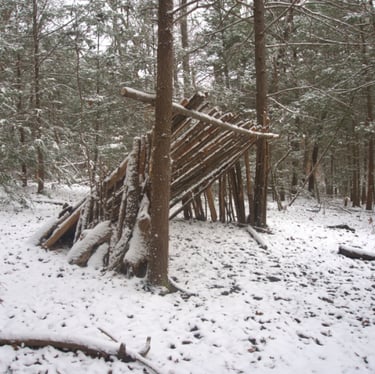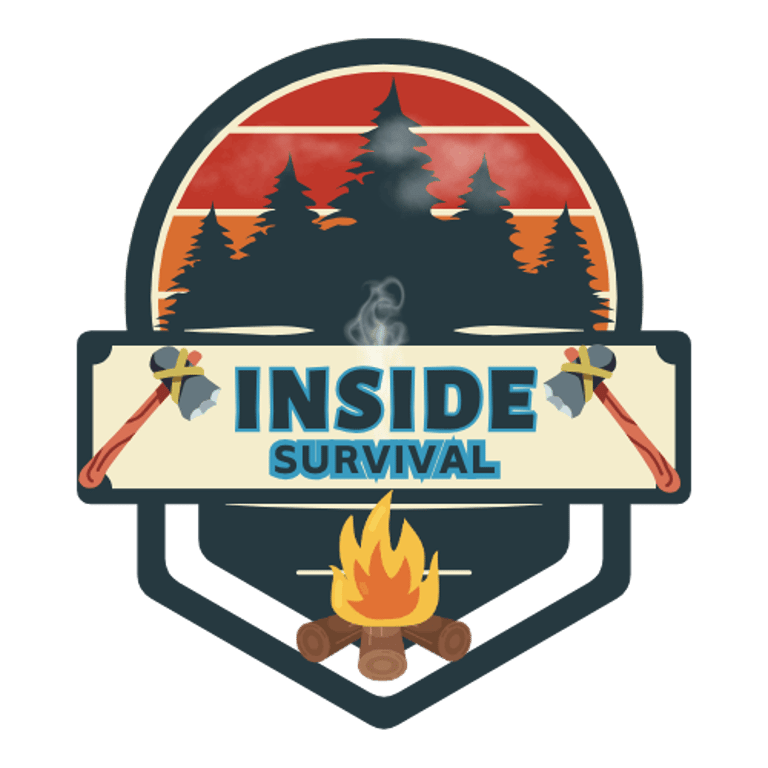Survival Rule of 3: How to Prioritize in a Wilderness Emergency
Learn how to stay alive in the wild with the Survival Rule of 3. Discover the step-by-step priority guide to managing shelter, water, and food in critical outdoor situations.


Survival Rule of 3: How to Prioritize in a Wilderness Emergency
When you find yourself in a wilderness survival scenario, knowing what to focus on first can mean the difference between life and death. That’s where the Survival Rule of 3 comes in. This rule is a simple, memorable guideline that helps you prioritize your actions when time, energy, and resources are limited. Let’s explore what it is and how you can apply it effectively.
What Is the Survival Rule of 3?
The Survival Rule of 3 is a rule of thumb used by survival experts to determine what to prioritize. Here's how it breaks down:
You can survive 3 minutes without air
You can survive 3 hours without shelter in extreme conditions
You can survive 3 days without water
You can survive 3 weeks without food
This sequence isn’t just about biology — it’s a practical decision-making guide when your survival depends on making the right choices fast.
Step 1: Air Comes First
Most survival situations don’t involve a lack of air, but when they do, you need to act immediately. For example, if someone is drowning, buried in snow, or stuck in a smoky area, clearing the airway and ensuring breathing must be your top priority.
Step 2: Focus on Shelter
Many people mistakenly assume finding food is most important. In reality, exposure to extreme temperatures — especially cold or wet conditions — can kill you much faster than hunger. A basic shelter can protect you from rain, snow, wind, or harsh sun. Think about using a tarp, branches, leaves, or snow to build a quick refuge.
Step 3: Secure a Water Source
Dehydration can set in quickly, especially in hot climates or during high activity. Look for flowing water like a stream, or if possible collect rainwater. Always assume water needs purification — through boiling, filtering, or tablets — to avoid dangerous contaminants.
Step 4: Find Food (But Don’t Panic)
While your stomach may start growling after a few hours, your body can survive weeks without food. Don’t waste energy hunting or foraging early on. Focus on shelter and water first. Once those are handled, then look into edible plants, insects, or setting simple traps if you’re in a longer-term survival situation.
Why the Rule of 3 Matters
In stressful moments, your brain can become overwhelmed. The Survival Rule of 3 gives you a structure to follow and helps prevent panic. It ensures your energy is spent wisely on what truly matters in the first hours and days.
Final Thoughts
Survival doesn’t just depend on what you know — it depends on how well you prioritize. The Survival Rule of 3 gives you a mental checklist to follow when things get serious. Master this rule, and you’ll be one step closer to staying alive when it counts.




© 2025. All rights reserved About | Privacy Policy | Terms and Conditions | Affiliate Disclosure | Disclaimer


